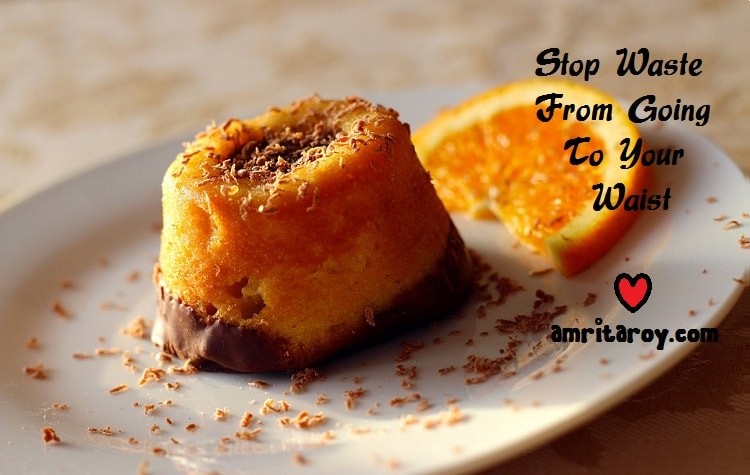The other day I was at my friend’s home, enjoying a wonderful evening with her and her family. As the conversation flowed and the dinner progressed, I couldn’t help but appreciate her exceptional culinary skills. The delicious biryani and the awesome raita had me tucking in more than I intended to. Even the delightful chocolate custard she prepared was a winner all the way. It wasn’t long before the platters stood empty and everyone beamed in satisfaction over the wholesome meal.
But something caught my friend’s attention. A spoonful of mutton keema was still peeping out of her bone china dinnerware. She looked around and asked if anyone was interested in finishing off that bit. By then everyone has had their fill and were in no condition to entertain her plea. For a moment she sat contemplating. Then she picked up a spoon and guided the mutton keema to her mouth. Sighing, she muttered how overfull she felt but was glad to have prevented the food from getting wasted. Having succeeded in her aim of not wasting even one titbit of food, she turned towards me and resumed her happy chatter.
The waste-to-waist journey
This left me thinking: don’t we all do this once in a while? Raised with the notion that not finishing the food on our plate is almost a crime, most of us abhor the idea of leaving food behind on our plates. Even when we are full to the brim, we tend to polish off the leftovers. This is especially true if we have kids who are fussy eaters. We find it so difficult to throw the food that we have cooked with so much love and effort. Moreover, it’s ingrained in our Indian culture not to waste food. But little do we think about its impact on our body. In our efforts to remain true to the doctrine of ‘Willful waste, woeful want’, we unwittingly increase our waistline. Yes, the waste goes straight to our waist!
A sneaky way to pile on weight
Believe it or not, trying to not waste food can be one of the sneakiest ways to pile on the kilos. Just assume that every night at dinner time you finish off a tiny proportion of leftover food to ensure there’s no wastage. If you sneak in even 100 calories a day through this means, it sums up to a whopping 36,500 calories in a year. Now, 7716 unburned calories can leave you with one kilo weight gain. Going by this calculation, you can add up to almost five kilos to your waistline by preventing food from going to waste. Five kilos a year for being a member of the Clean Plate Club, shocking isn’t it?
The WISE way out
If you want to prevent waste from making your waist, you need to stop overindulging right from today. The best way to steer clear of the waste-to-waist route is to follow the WISE method:
Wait
The sensation of satiety or the feeling of fullness takes about 20 minutes to form and reach your brain from your stomach. Focus on eating slowly and enjoying every morsel of food during your mealtimes. This will give time to your brain to process the feeling of fullness and signal you when your stomach is full. Ideally, you need to stop eating when the sensation of fullness begins.
Ignore
Let leftovers be leftovers. Do not take it upon yourself to polish off the little bit of food that’s left after dinner. It’s not your responsibility to finish off the food on your fussy toddler’s plate or on anybody’s plate for that matter. Sometimes wastage of food can seem like wastage of money. Separate yourself from the situation and think of the detrimental impact overindulgence can have on your weight and body.
Serve
While serving yourself, begin with small proportions. If you are not satisfied, you can always go for a second helping. But it can be quite tempting to not waste the food that’s piled on your plate. Another tried-and-tested trick is to use small plates and bowls for having your meals. That way, you won’t be able to pile up much food, to begin with. In case you still have food left on your plate, wrap it up for later use or simply toss it in the bin.
Evaluate
An effective way to combat the issue of food wastage is to evaluate before cooking. Assessing the right quantities may need a bit of time and patience on your part, but with practice, you will soon be a pro at cooking just the required amount. If you still overshoot the mark sometimes, just remember that leftovers can act as a great base for your next meal. All you need is a bit of creativity to transform the leftovers into tasteful appetisers.
Mealtimes are a wonderful opportunity to spend quality time and bond with your family and friends. Whilst you are enjoying great food and great company, do not ignore your body and the signals that it sends to you. Resist yourself from indulging in any food once your stomach starts telling that you are full. Don’t feel guilty if there is any amount of food left on your plate that will go to the bin. Better to go to waste than to the waist!

